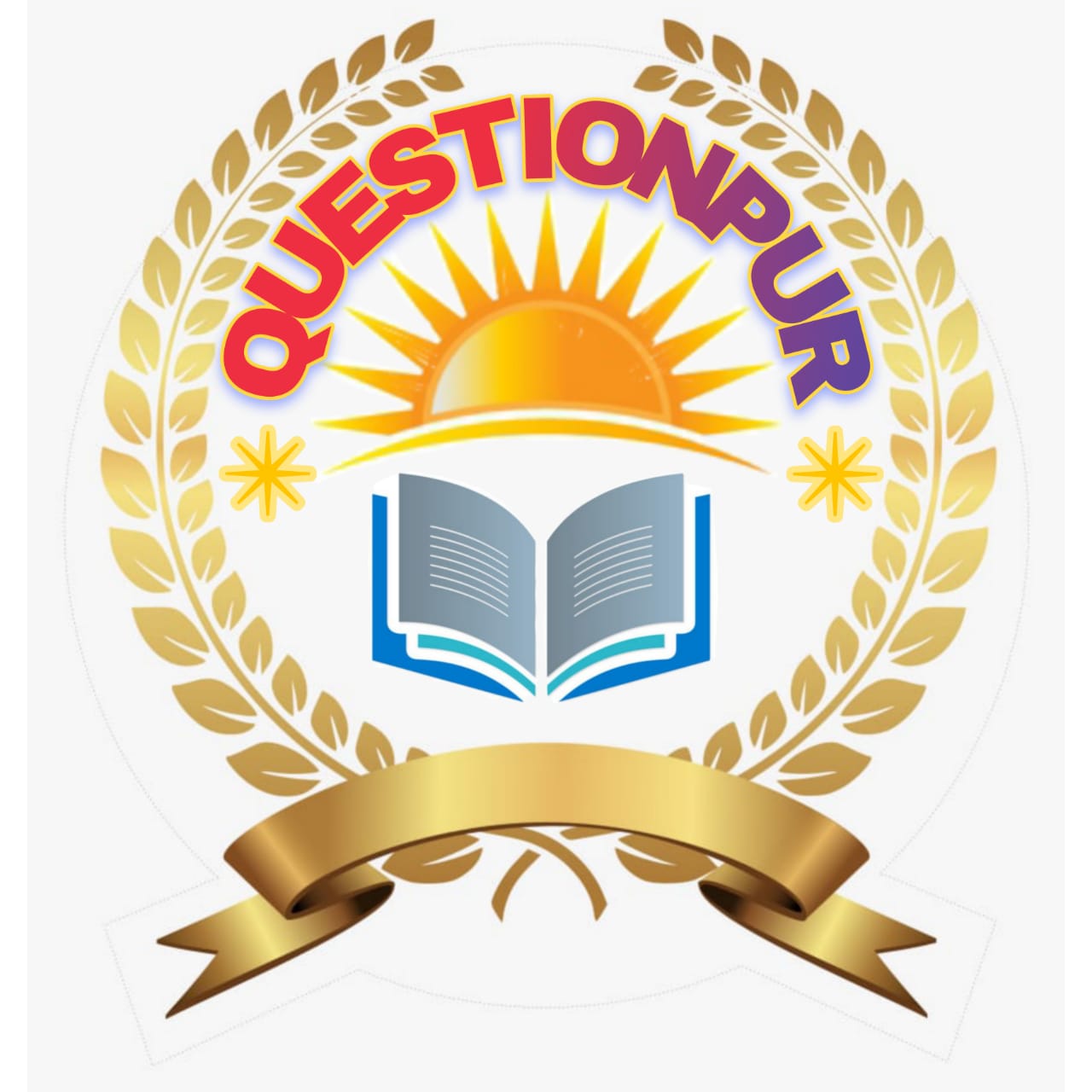Critical Appreciation The Second Coming by W.B. Yeats
Published in 1919 "The Second Coming" belongs to the third phase of Yeats's poetic career. It is a powerful poem of anti-vision. Here, the poet foresees the end of the Christian Civilization and prophesies the advent of an evil age.
The unleashing of violence during the Irish Rebellion of 1916 and the First World War (1914-18) has jolted the sensibility of the poet. He feels that the world has gone berserk. There is complete cha chaos everywhere where everything and everyone are following divergent paths.
None seems to care a damn for the other. "The falcon cannot hear the falconer". This shows how things are breaking up. Irrational streams of blood are staining the earth. The virtuous have no courage to defend their principles whereas the wicked are full of fire and fury.
Contemporary barbarism is an indication of the oncoming of a new age. The Christian civilization after twenty centuries of dominance has completed its span. It is time now for a new age: an age different from, if not antithetical to the Christian age.
The "Second Coming" or the birth of a new god must take place but this new incarnation is not of the benign Christ heralding peace and prosperity as predicted in the Bible; instead, it is of a 'rough beast' with a lion body and the head of a man', moving slowly with heavy steps towards Bethlehem and bringing death and destruction in its train.
This poem is significant because it shows a gradual movement away from the escapism of the poet's early works and his steadily growing courage in grasping contemporary realities. The impact of the First World War and even more of the Irish troubles of 1916, has brought him face to face with the need to grapple with the harsh realities of life. Yeats is now a realist.
This poem is also a fine specimen of Yeasts's cryptic symbolism. 'Gyre' symbolizes the cyclic movement of history. The poet believed or tried to believe in historical cycles. He had no faith in "progress" as it was understood; instead, he adopted a theory of history revolving in cycles of two thousand years. The birth of Christ, therefore, not being a unique phenomenon, was something which must recur.
As regards the style of this poem, it is simple and concise. There is not a single redundant word. It says in one line what most poems would say in a stanza. "The falcon cannot hear the falconer" signifies total indiscipline, anarchy and destruction.
Yeats has written this poem in the syntax and idiom of ordinary discourse. Of course, the poet has used some figures of speech to produce a greater effect. "Anarchy" has been personified. There is a contrast in the last line of the first part of the poem.
The poet has repeated "surely" in two consecutive lines to affirm the inevitability of the "Second Coming". The description of the "rough beast" is graphic enough to make one feel its presence.
"Is moving its slow thighs, while all about it Reel shadows of the indignant desert birds."
To conclude, "The Second Coming" is a prophetic or visionary poem that causes apprehension and anxiety. It makes us ponder over our contemporary situations.





